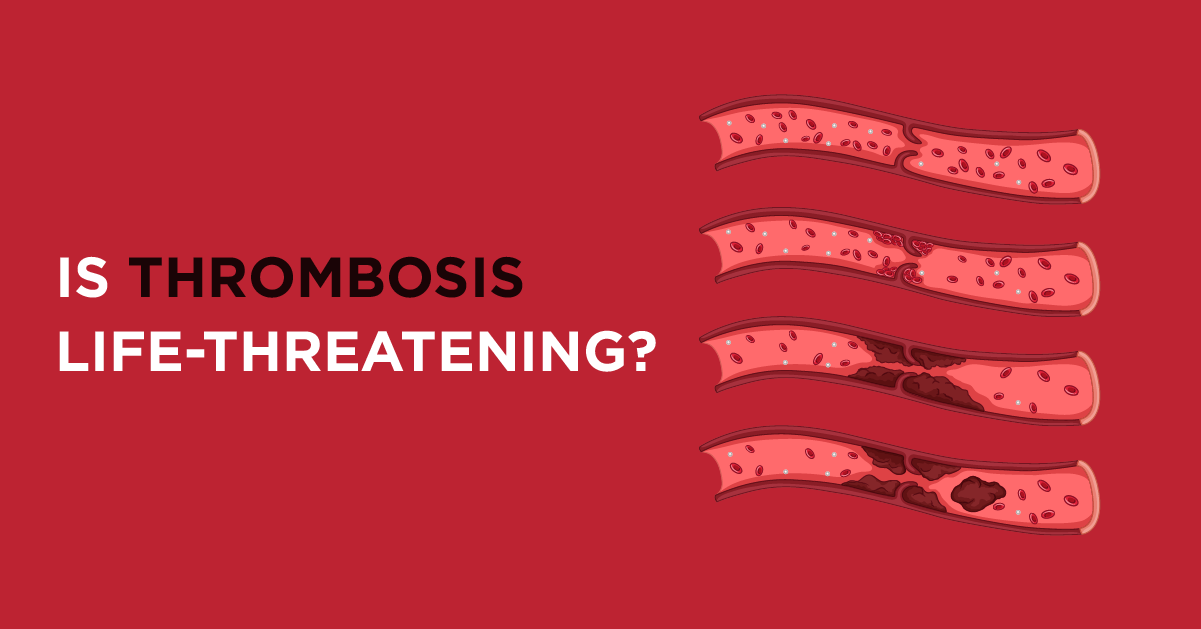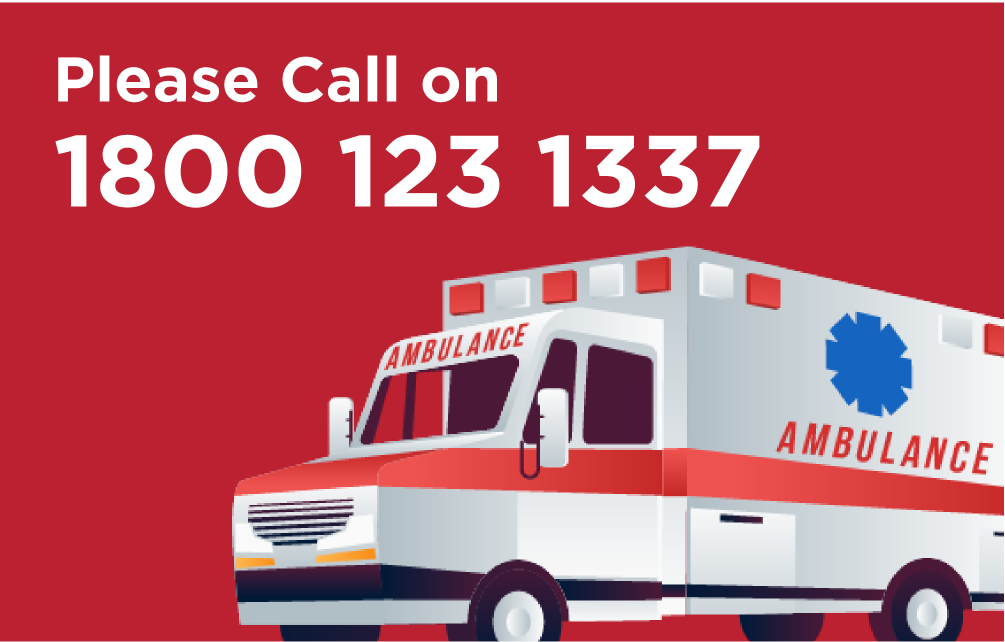Is Deep Vein Thrombosis Life – Threatening?

Deep vein thrombosis (DVT) occurs when a blood clot develops in a vein deep in the body. Blood returns to the heart through veins. When the blood clumps together and turn into solid material, it is called a blood clot. When the clot is in the deep vein it is called Deep Vein Thrombosis (DVT).
It is a medical emergency that needs immediate treatment. The blood clot can partially or totally block blood flow in the vein.
Deep veins are found within groups of muscles. The veins close to the skin are called superficial veins. While these clots most often develop in the lower legs or thighs, they may appear in the upper body, such as the arms or other locations in the body. If the clot blocks a lung artery (called pulmonary embolus) it can be life-threatening.
DVT can also damage the valves in the veins, causing blood to flow backward and pool in the legs. This causes increased pressure in the veins, known as chronic venous insufficiency or post-phlebitic syndrome.
Deep Vein Thrombosis Symptoms
Deep vein thrombosis occurs without symptoms about half the time. When symptoms do occur, they can include:
- Swelling in the leg
- Red, discolored, or white skin
- A cord in a leg vein that can be felt
- Rapid heartbeat (tachycardia)
- Slight fever
- Warm skin
- More visible surface veins
- Dull ache, tightness, tenderness, or pain in the leg (might occur only while walking or standing)
Some people may not know they have a DVT until it breaks off and travels to the lungs, causing a pulmonary embolism. PE is an emergency situation requiring immediate medical help. PE symptoms include:
- Sharp chest pain when taking a deep breath
- Shortness of breath
- Bloody cough
- A rapid or irregular heartbeat
- Feeling of anxiety
- Feeling faint or passing out
Deep Vein Thrombosis Causes
Often, there are multiple factors that cause DVT. Your risk for DVT increases if you have several risk factors at the same time. You are at higher risk for DVT if you:
- Are 60 years of age or older.
- Are inactive for a long period of time, such as when you are flying in an airplane, taking a long car trip, or recovering in bed after surgery.
- Have a condition that causes increased blood clotting.
- Have an injury or surgery that reduces blood flow to a body part.
- Have a central venous catheter.
- Are pregnant or have recently given birth.
- Are overweight or obese.
- Have varicose veins or vasculitis.
- Have cancer.
- Are a smoker.
- Take birth control pills or receive hormone therapy, including for postmenopausal symptoms.
Deep Vein Thrombosis Diagnosis
In addition to a complete medical history and physical examination, the diagnosis of deep vein thrombosis may include any, or a combination, of duplex ultrasound, MRI, or venogram.
Deep Vein Thrombosis Treatment
It is important to start treatment right away for DVT. It takes about 3 to 6 months for a blood clot to go away.
Deep vein thrombosis (DVT) can be treated with medical therapy and/or surgical intervention. To help prevent DVT, blood thinners or intermittent compression stockings and pumps are used in high-risk patients or patients undergoing high-risk surgical procedures to prevent a blood clot.
The aims of treatment are:
- To prevent the clot from spreading up the vein and getting larger. This may prevent a large embolus from breaking off and traveling to the lungs (a PE).
- To reduce the risk of post-thrombotic syndrome developing.
- To reduce the risk of venous ulcers in the leg in the future. This can happen to people who have developed post-thrombotic syndrome.
- To reduce the risk of a further DVT in the future.
Deep Vein Thrombosis Prevention
There are several things you can do to help prevent DVT. These are more important if you are at increased risk.
- Get frequent exercise. If you are inactive for a long period of time, move your legs around. Get up every hour or so and walk around, if you can. If you must stay seated, do lower leg exercises. With your feet flat on the ground, alternate lifting your heels and toes. This stretches your calves and keeps up your blood flow.
- Stretch your legs and lightly massage your muscles.
- Get out of bed and move around as soon as you can after being ill or having surgery.
- Control your blood pressure.
- Do not smoke.
- Lose weight if you are overweight.
Request a call back


 Call-an-Ambulance
Call-an-Ambulance



